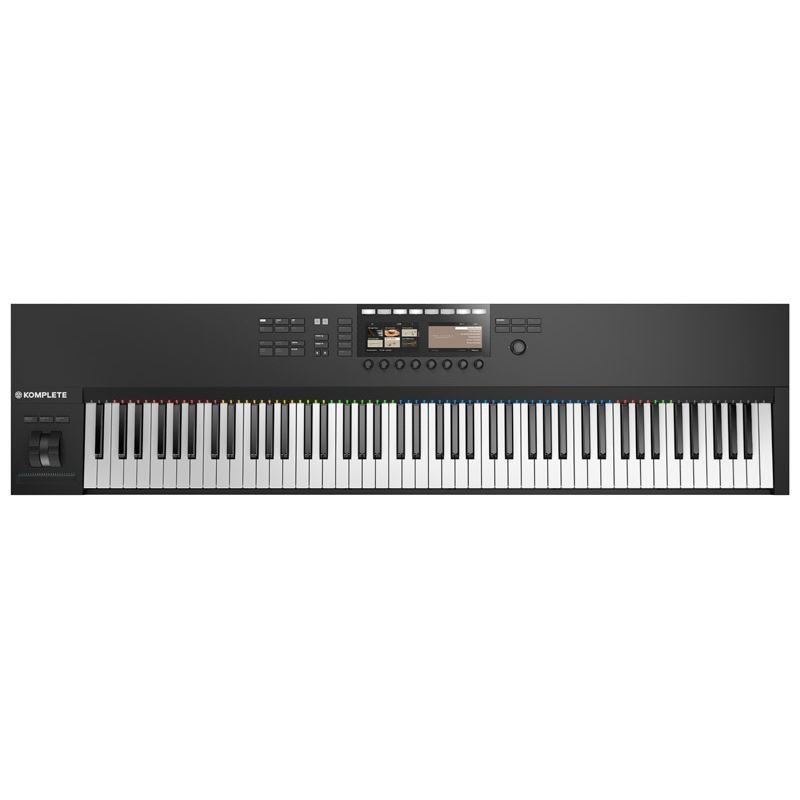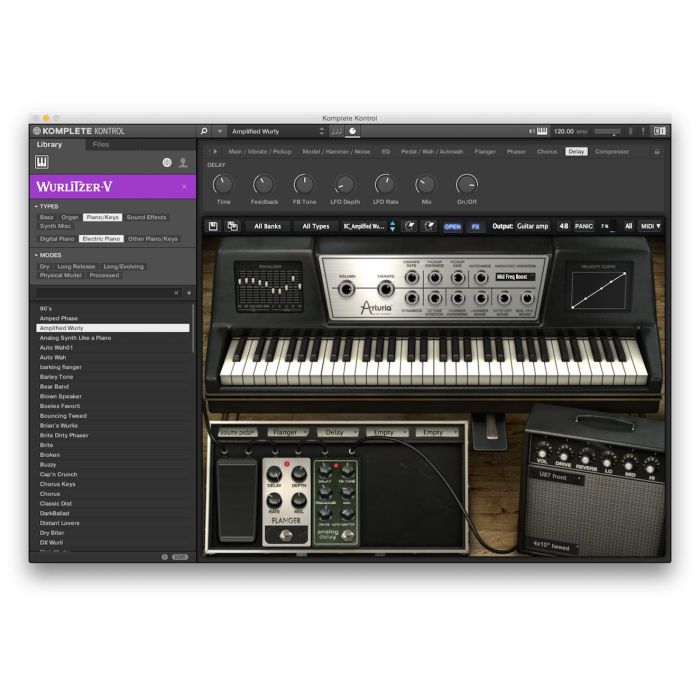

These send what you'd expect them to-pitchbend and mod-by default, but they can be configured with gravity or elasticity to add life to your performance.Ī somewhat unexpected feature on the Kontrol S keyboards is the multicolored light that sits above every key, which NI calls the Light Guide.

A pair of LED-edged touch strips sits off to the left of the keyboard, where typically you'd find the pitchbend and modwheel. The responsiveness and velocity accuracy was probably the best of any MIDI controller that I've tested. The keybed is a Fatar semi-weighted model with aftertouch, and it feels very impressive from the get-go. There are three keyboards available, differentiated only by the number of keys: the S25, S49, and S61. I was curious to dig in and find out what Native Instruments' vision was this time around. This rightfully led many to begin drawing comparisons with Kore, even though it was made clear that Komplete Kontrol is a completely new product, with no built-in compatibility for Kore libraries or hardware. This made it surprising when, this September, Native Instruments announced the Kontrol S keybord series, a set of MIDI controllers designed to browse, play and control the Komplete instruments with the help of an integrated software environment called Komplete Kontrol. For reasons that remain unclear, Native Instruments retired the Kore ecosystem in 2011. Kore could browse and search the Komplete library, making it a key tool for many producers, myself included. For many, the answer to this was Kore, NI's now-retired modular audio environment with its integrated hardware. Getting your arms around all of this content when it comes time to actually make some music can be intimidating.

The latest incarnation of the flagship music production collection, Komplete 10, offers 12,000 unique sounds across 39 different products.


 0 kommentar(er)
0 kommentar(er)
